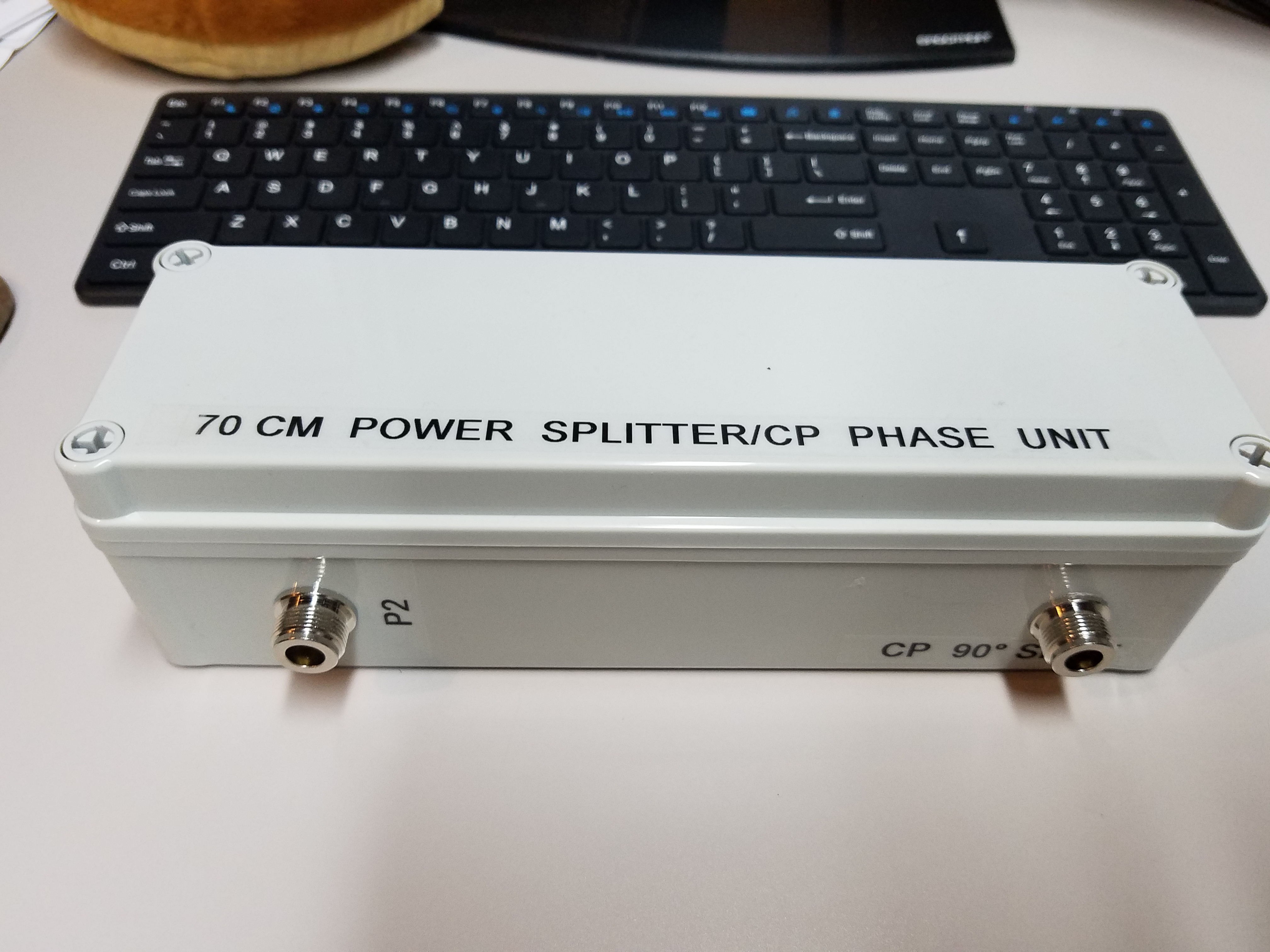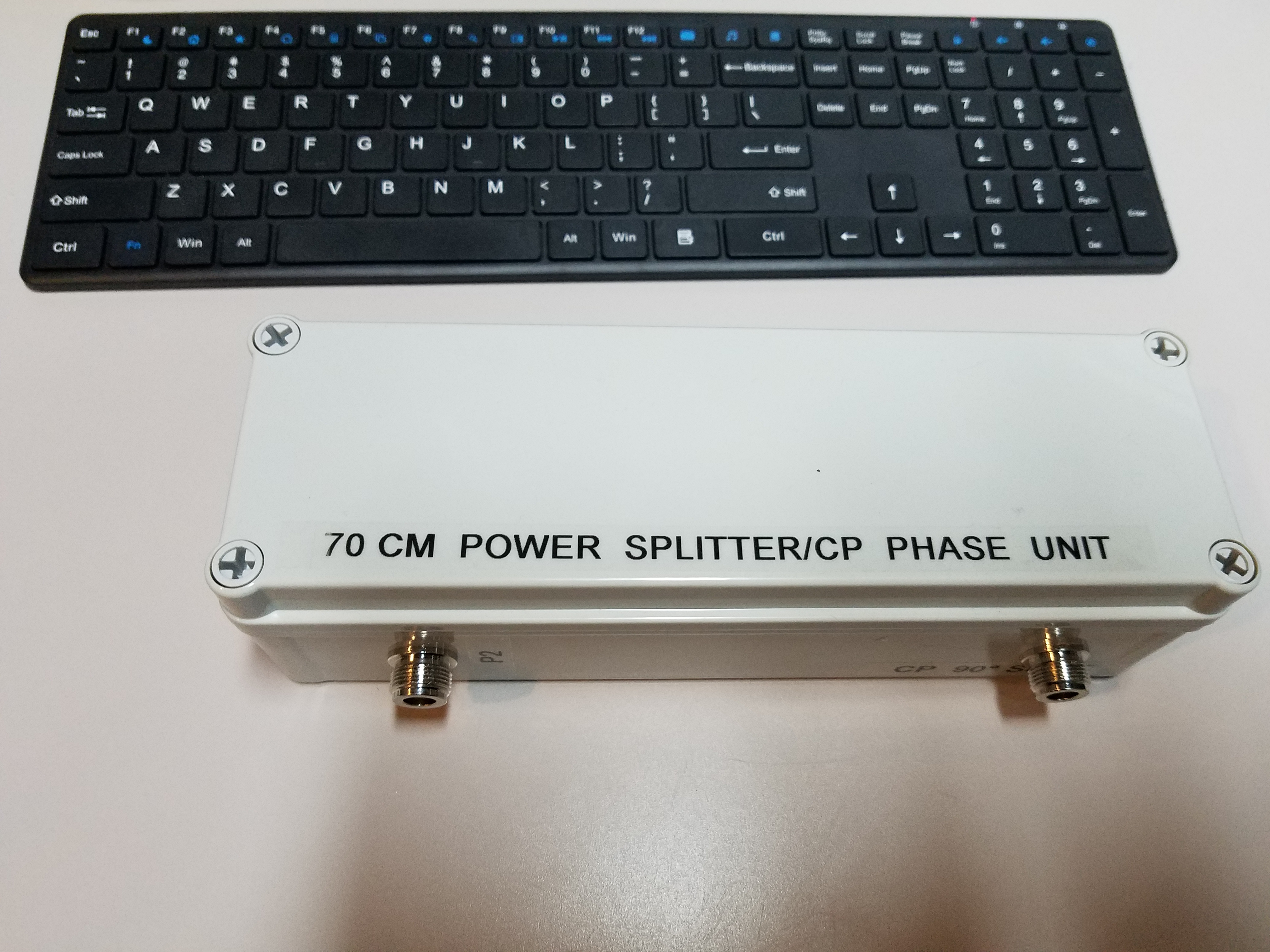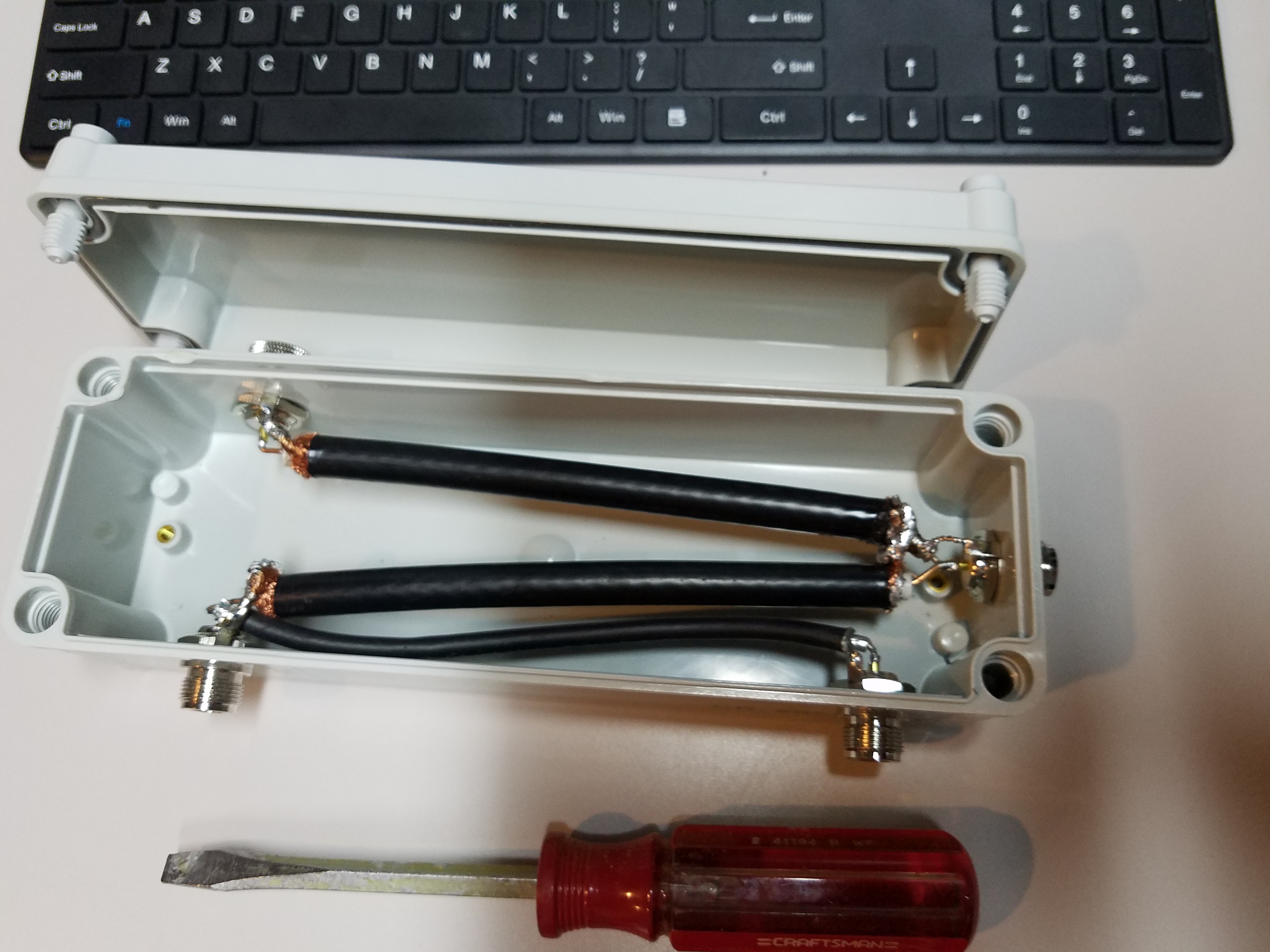Working the SATELLITES With ZW3
What is it like to work a satellite?
A ham Youtuber recently referred to working a satellite as like tracking and communicating to an object the size of a cereal box that’s racing around the earth at 17,000 mph. Others will tell you that you must prepare your station for weak signals to work satellites. Many satellites are very low-powered from 100mw to 10 watts. These are a line of site uplink and downlink frequencies! Others will show you how to use 2 FM HTs and an apparatus to hold your phone on your handheld dual-band Yagi beam while you work the satellite uplink & downlink, 2 radios, and a logbook. It’s being done, but that is really “working the satellite.” Well yes, the satellites can cross your horizon and be gone in 10 to 20 minutes. Also, the doppler can really change quickly for the low orbit satellites (LEOS) as well as the azimuth and elevation. When contacting the FM satellites (Birds), you are basically using a repeater. As they get busy it’s fast and furious and one at a time. One NY ham told me that working an FM bird is like being mugged. Lots of fast traffic and you could get trampled. It’s a good idea to use the QSO record function on the IC9700…Now, linear satellites like AO-07 & RS-44 give you some bandwidth to relax and enjoy the contacts around the footprint of the satellite. Working 5-10 stations on a pass is very doable on a good elevation pass to your location.
My experience with satellite communications?
Now, that I have used the SAT Trac ‘ZW3’ droid over the last 3 months since 10/6/2020, I can tell you that much of what I heard are valid points, and other points heard can discourage you from trying to work through the satellites. I have currently made over 300 satellite contacts, racking up 36 states, and 3 countries in approx 3 months. By no means am I an expert, genius, or guru. I am an amateur radio enthusiast who excepted the challenge and went for it. My solar-powered SAT-Trac droid, ZW3 sits on the deck at basically ground level. At zero to 90 degrees and 330-360 degrees is my house or my neighbor’s house. Not ideal. So basically any accending node from the south going ENE or WNW at +20 degrees gets me over the trees, houses, etc. The same is true when satellites descend from the north. To visualize what is a good satellite pass, visit https://www.n2yo.com/passes/amateur-radio.php to see how it will fly near you! Also, use SATPC32 V 12.8d available from Amsat.org and it gives you the option for a ground track that will show the satellite’s path. The experience is thrilling, the ham community on the satellites is excellent and very helpful. Bottom line: Great fun and I feel like a novice again. I can’t wipe this smile off my face…
I use the IC 9700 from the shack and 92ft of coax to the deck.
So now you have insight into how the birds are flying around your location, and how you track and work them. Well, as mentioned by many wise old hams, you have to hear them before you can work them. Good point! We know they are flying overhead by viewing them with the software. Now we need the ears or a receiver to hear them. Enter the Icom 9700. Fairly sensitive, the 3 band satellite unit is a capable full-duplex transceiver. Incidentally, it too is the size of a cereal box. Full duplex means you transmit (uplink) on 2 meters you receive simultaneously hear (receive) on 70 cm. Also, known commonly as V/U mode. In an inverse manner, the signal appears on the downlink. Or some satellites may be in the U/V mode where your signal uplink is 70cm and downlink on 2 meters. The software will help you know the correct mode of the given satellite. Signals are weak, but you can hear them with the preamp on the transceiver. Better yet, put a preamp at the antenna, like a DBA270 or MMV2000VOX, and really boost your signal to noise. I use the MMV2000VOX preamp to recover my coax loss to the shack/cave. It also works with the V(2m), U(70cm) & L (23cm) bands. Still can’t hear the birds with that eggbeater or whip antenna? You need to pump the gain with a directional antenna. I like and use two Diamond yagis as they are lightweight and portable. You can use just azimuth tracking and work up to 70% of all satellites or track azimuth and elevation to track all satellite’s footprint that enters your location. There are lots of small dual yagis for V/U communications either handheld or mountable. Unfortunately, many tracking options are pricey and heavy-duty for large arrays with wind load. I have worked many stations that used antennas fixed at 30 to 35 degrees. The beamwidths of the yagis are about 30 degrees or less, so most satellites can be worked successfully with just a simple antenna rotor.
Should the antenna be vertical, horizontal, RHCP, LHCP, or maybe stacked?
I’ve had success with vertical or horizontal mounting. More advanced hams set up switches for horizontal, vertical, RHCP, & LHCP radio waves. ZW3 will soon be set up for RHCP in the near future. I’ll expect less fading and signal fluctuation. How you make your setup will depend on your installation. I’m approaching this with a flexible platform that is portable, and interchangeable. I’m going to try stacking horizontal yagis too. Need a power splitter…. hmm… ZW3 with lightweight antennas and fiberglass cross booms is calling out my experimental instincts. Look what’s in store for ZW3! RHCP & Horizontal stacked 70cm yagis! Oh, what fun… All I need to do is make some matching cables and off we go to the satellites!



I know operators are using HTs and hopping all over the frequencies, twisting their Arrows, are really getting after it, but I’m into comfort. It’s not too practical for me to be standing on the deck at temps below <32F, pointing to the sky when I could be in the comfort of the shack/cave. This is why my portable deck tracker works well for me.
What kind of tracker should I use?
First, how much money will you budget and how much time do you have to accomplish satellite communications at your location? There are commercial favs like Yaesu, & Hy-gain. They will require a controller for extra $$$’s, wiring, and a mounting structure on your home, or tower. Now, if you want the computer to handle the chores of point click and go, then a tracking program is necessary. I use Ham Radio Deluxe to control rig operations as well as digital modulations. It does have a tracking program. It supports the latest products from the big-name AZ & EL trackers. I chose to use SATPC32 and become a member of AMSAT.org. Its GS-232 commands work perfectly with my Arduino 2560-based controller/droid ‘ZW3’. Some hams just use an azimuth (AZ) controller and fix the elevation at 30-35 degrees. They will work on 70-80% of all satellites. A lightweight AZ unit is fairly inexpensive. I went the way of an Amateur Radio Adventure. I saw what SATNOGS was doing, as well as other hams on Youtube. The solutions they came up with looked big, clunky, overly complicated, and full of wires going everywhere. Don’t get me wrong… I like the wires… But, if I’m going to schools and doing demos I want an attractive, friendly unit that promotes satellite communications and does not intimidates the spectator. Besides, it has to look good on the deck if I’m going to get along with the XYL and neighbors. ZW3 has some complexity, but the intentions are for ZW3 to be a fun and lovable droid just chill’n on the deck looking to track some birds. Also, keep in mind developing a prototype can be expensive. However, the adventure, the learning experience, the knowledge, and the maker’s fun is incredible. And in the end, you have a one-of-a-kind, conversation piece. I’d like to think ZW3 is one of the family! ZW3 can be duplicated for under $500 now that I know what I’m doing. However, I will be making changes to drive trains and boom capacity so stay tuned! ZW4 is on its way…
What? Did you say you are using 92ft of LMR240UF???
Yep, I did say that... Hey, I’m a satellite noob. You must first crawl before you walk! Like most hams, I am always looking for a way to improve my amateur radio station. I added the 23cm capability to ZW3 and was not really getting the signal to the satellites. Why? Below are the specs for popular coax cables and the associated losses at satellite communication frequencies. Note: the dB losses are for 100m of coax. Every 3dB your power/ signal is cut in half!
| DB loss per 100 meters | |||||||||
| Coaxial Cable | Len 100m | VF | OD | 50mhz | 144mhz | 432mhz | 1296mhz | ||
| Coax Specs | mm | HF to 6mtrs | 2mtrs | 70cm | 23cm | ||||
| LMR 240uf | 100 | 0.84 | 6.1 | 5.7 | 9.7 | 17 | 30 | ||
| LMR 400 | 100 | 0.85 | 10.5 | 2.9 | 4.9 | 8.7 | 15.5 | ||
| EcoFlex 15 Plus | 100 | 0.86 | 14.6 | 1.96 | 3.4 | 6.1 | 11.4 |
If you are operating at say 100 watts HF, LMR240uf is a good choice. I’ve used it for years and at .80/foot it is reasonable. However, at 70cm and above, the losses go way up and your power is used to heat up the coax. Look at 1296mhz(23cm), ouch! 28 meters of LMR losses 8.4 dB for just the cable…. wow. Now, include insertion losses as well as connectors, triplexers, preamps, etc a closer examination is important. After examining the chart above, I knew I needed to improve my efficiencies. Next, in my adventure in ham radio, I will improve my capabilities by reducing transmission losses and increasing my effective isotropic radiated power (EIRP). In this next part, I will examine what I currently have and what can be expected in my coax upgrade… What will it change? What will I notice?
stay tuned

